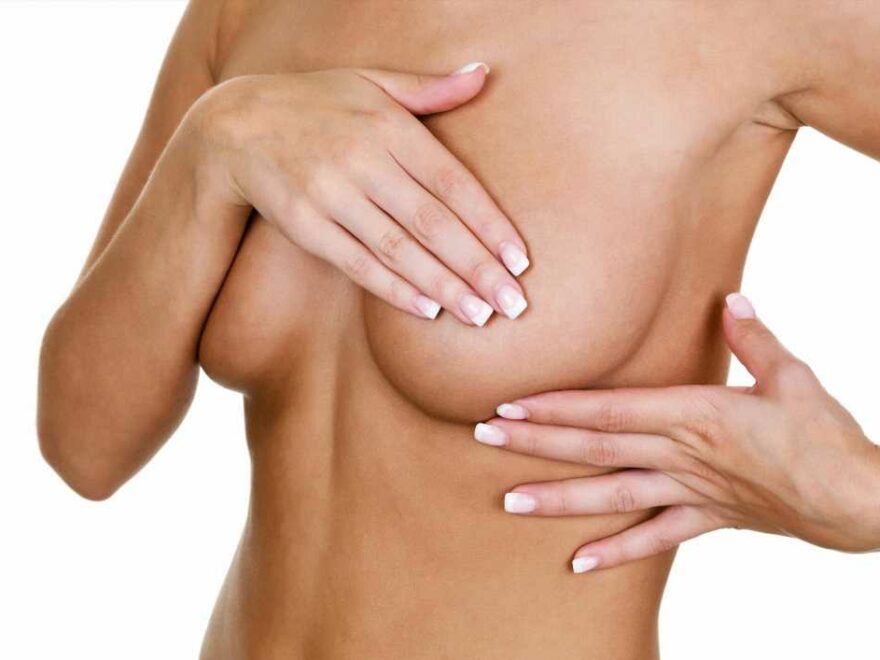MOST women know they should be carrying out regular breast checks to catch cancer early.
The earlier it is detected, the better chance you will have at fighting the killer disease.
However, there are a few spots which are likely to be missed in self-examinations.
One of these is the nipple, or more specifically – the area behind the nipple.
Experts have said this is the "blind spot" for most people when they are diligently checking their breasts.
Other spots to keep an eye on include the armpits and near the collarbone, which are often forgotten.
Start your physical check at the nipple – this means you won't forget to ensure you have properly felt for any changes.
Not only are you looking for visible changes in the nipple – such as discharge, a rash or inversion – you should be feeling the area behind it too.
It is usual for that part of your body to feel like a collection or large grains, but if there is cancer there it could feel like a lump or lumps just under the nipple.
These usually feel hard or firm, and are often missed as women forget to press down on that area.
Experts at iCAD say it's especially important to check that spot yourself thoroughly, as mammograms don't always detect signs of breast cancer there.
The best time to check your breasts is a few days after your period – that way you can be aware of any changes as you'll know how they should feel/look at the same time each month.
Knowing what to look out for with your breast health is paramount as early detection can save lives.
Charity CoppaFeel says you can check in any way that feel comfortable to you.
The charity recommends making this a monthly habit, and by doing this you will build confidence and awareness.
1. Step one
Begin by looking in a mirror, facing it with your arms on your hips and your shoulders straight.
You should be looking for any dimpling, puckering, bulging skin, redness, soreness, a rash or changes in the nipple.
2. Step two
Still looking in the mirror, raise both arms above your head and check for the same changes.
3. Step three
With your arms still above your head, check for any fluid coming from the nipples.
This can include milky, yellow or watery fluid, or blood.
4. Step four
While lying down use your opposite hand to check each breast. Using a few fingers, keeping them flat and together, go in a small circular motion around your breasts – beginning at the nipple, and pressing down to check behind it.
Make sure you feel the entire breast by going top to bottom in these small circles.
It helps to develop a system or pattern to make sure every inch is covered.
Use light pressure for the skin and tissue just beneath, medium pressure for the tissue in the middle of your breasts, and firm pressure to feel the tissue at the back, feeling down to your ribcage.
5. Step five
Feel your breasts while either standing or sitting, using the same small circular motions.
If you spot any unusual changes in your breasts then it's important that you visit your GP.
Breast tissue reaches all the way up to your collarbone and across to your armpit, so it’s vital to check these areas too.
Breasts do change naturally as part of your monthly menstrual cycle, so you should get to know your breasts, how they feel and what changes they usually go through to know if anything is out of the ordinary.
If you’re pregnant your breasts will go through a lot of changes, and probably will never look the same.
Be aware of any new changes, and keep checking them regularly.
During the menopause breasts may also change size and shape, but it is still important to see your doctor over any new changes.
If any changes or lumps need further treatment, your GP may recommend a mammogram or a biopsy.
We pay for your stories!
Do you have a story for The Sun news desk?
Email us at [email protected] or call 02077824104. You can WhatsApp us on 07423 720 250. We pay for videos too. Click here to upload yours
Click here to get The Sun newspaper delivered for FREE for the next six weeks.
Source: Read Full Article

